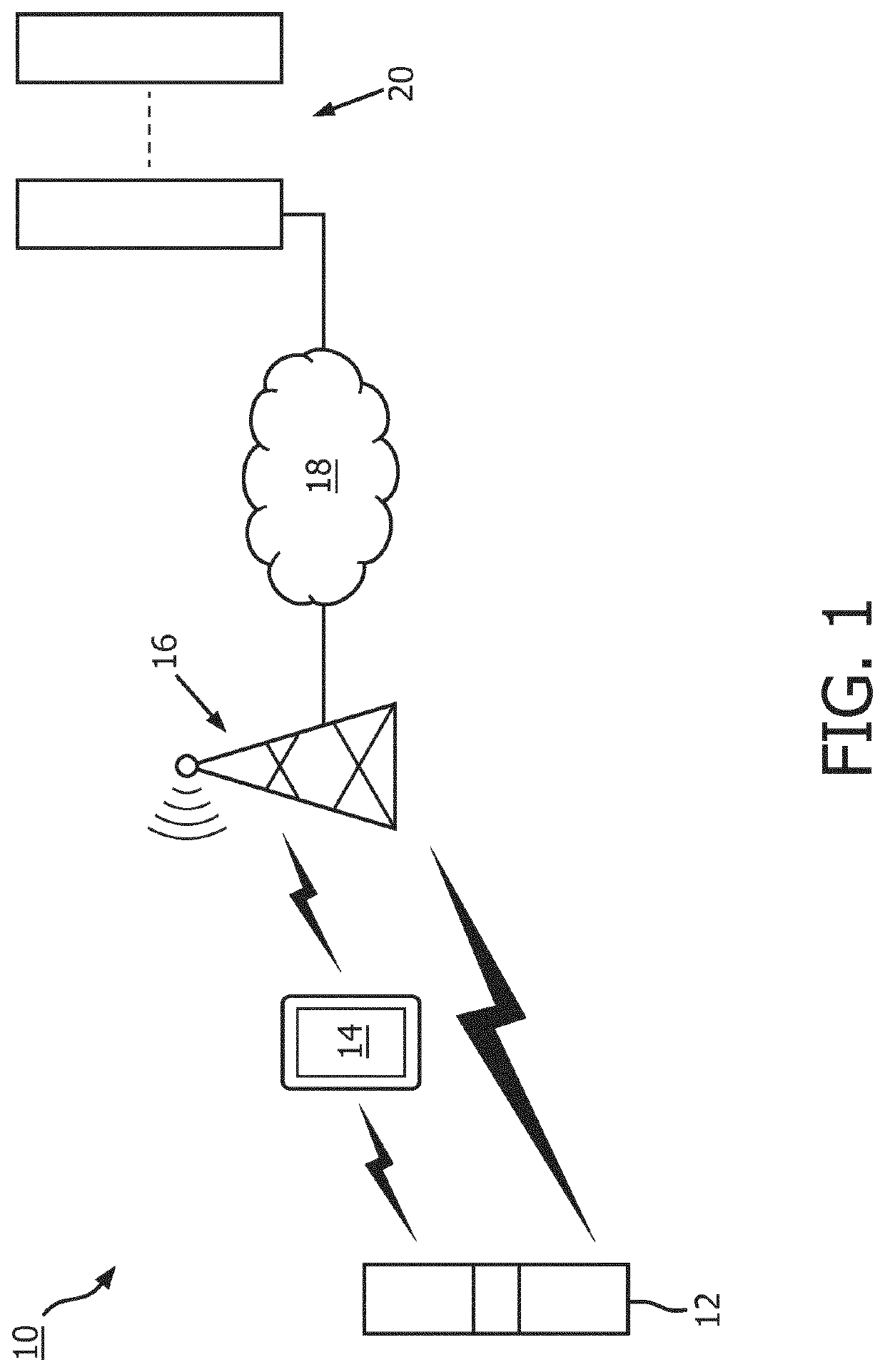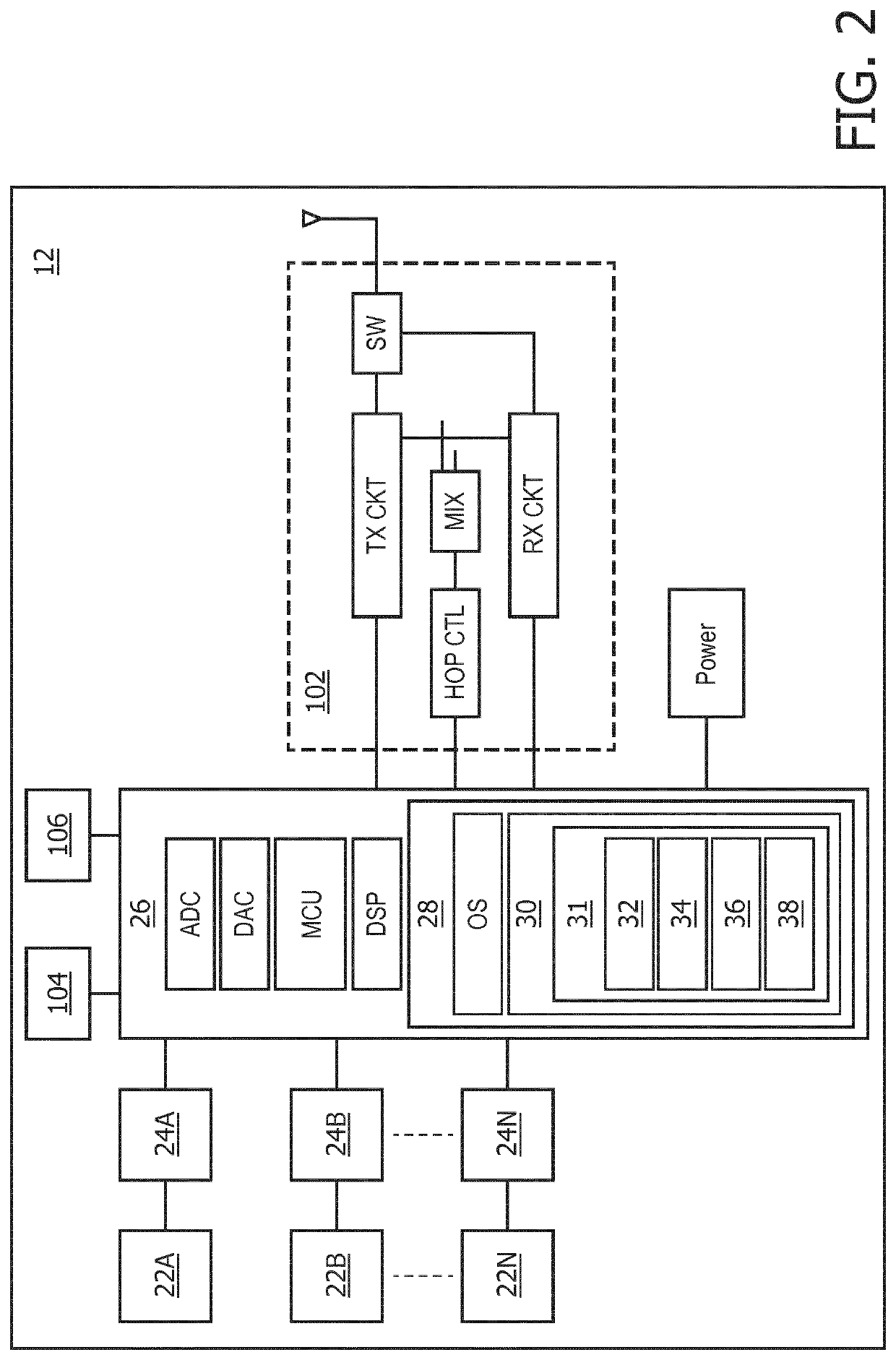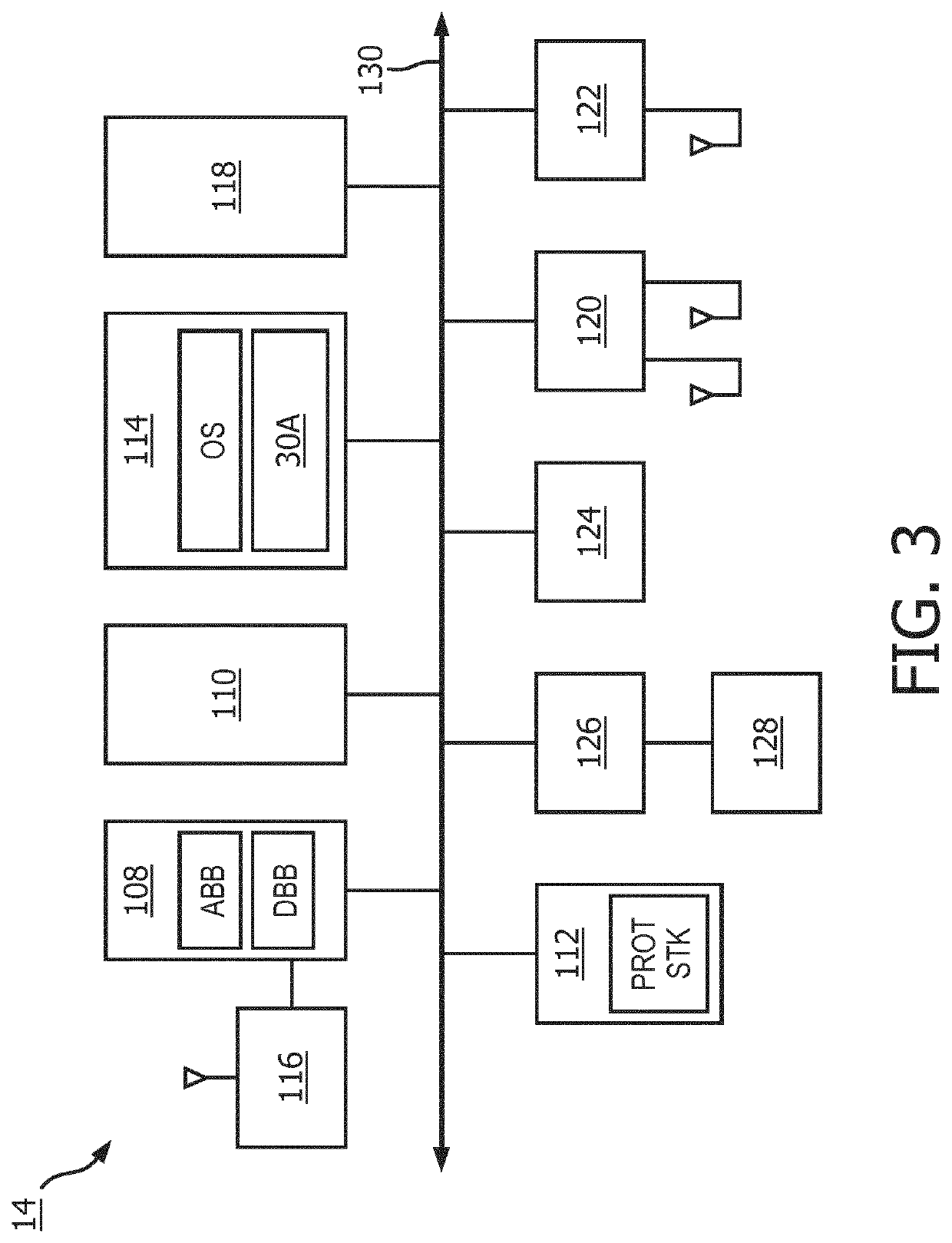Wrist fall detector based on arm direction
a wrist and arm technology, applied in the direction of alarms, instruments, etc., can solve the problems of difficult to distinguish signals induced by ordinary movements during daily life, complicated to obtain high accuracy in estimation, and inability to detect falls, etc., to reduce false alarm rates and encourage continual use of the apparatus
- Summary
- Abstract
- Description
- Claims
- Application Information
AI Technical Summary
Benefits of technology
Problems solved by technology
Method used
Image
Examples
Embodiment Construction
[0021]Disclosed herein are certain embodiments of a fall detection system that improve fall detection and height change estimation when a sensing device is located at the wrist. The fall detection system tracks one or more features to determine whether an event involving a subject is a suspected fall event. If the event is a suspected fall event, such a determination is a trigger to additional processing to validate the determination. In one embodiment, the additional processing includes a determination of height change as corrected by arm direction information, which may result in issuance of an alert to enable assistance for a fall victim. The fall detection system operates under a principle of estimating the height change of the wrist while compensating for the direction of the arm. In effect, certain embodiments of a fall detection system transform wrist height changes to body or torso height changes, bringing the broad spectrum of wrist movements back to that of torso-based sen...
PUM
 Login to View More
Login to View More Abstract
Description
Claims
Application Information
 Login to View More
Login to View More - R&D
- Intellectual Property
- Life Sciences
- Materials
- Tech Scout
- Unparalleled Data Quality
- Higher Quality Content
- 60% Fewer Hallucinations
Browse by: Latest US Patents, China's latest patents, Technical Efficacy Thesaurus, Application Domain, Technology Topic, Popular Technical Reports.
© 2025 PatSnap. All rights reserved.Legal|Privacy policy|Modern Slavery Act Transparency Statement|Sitemap|About US| Contact US: help@patsnap.com



